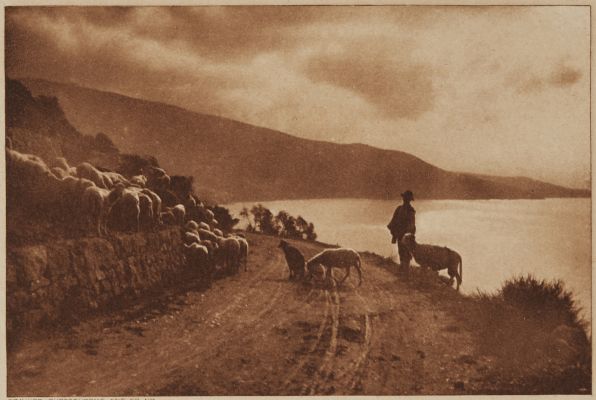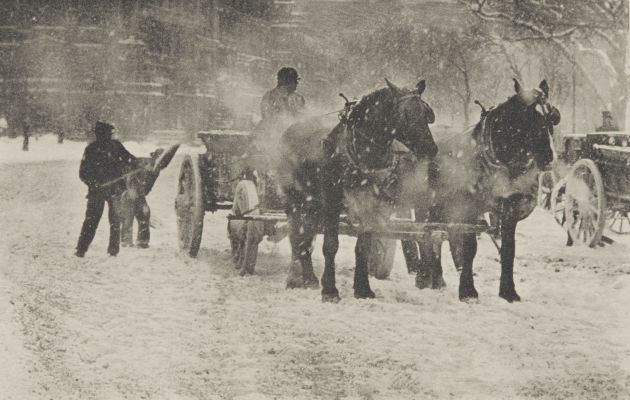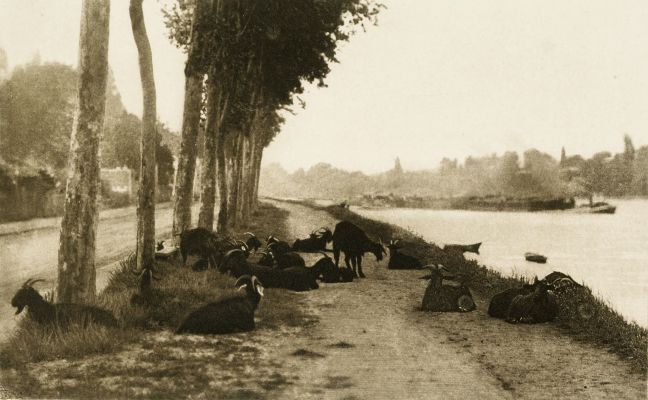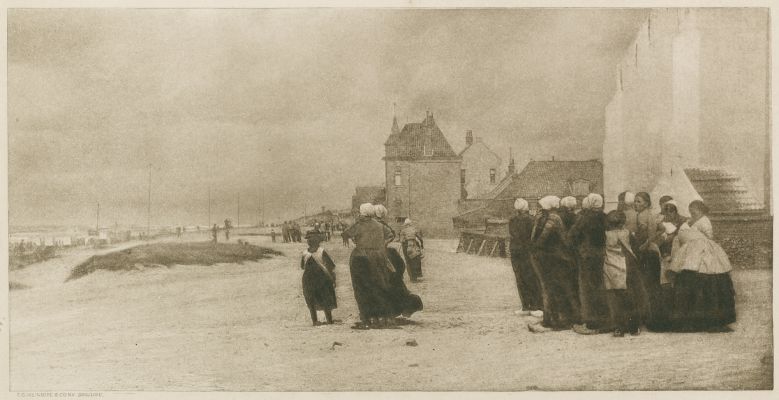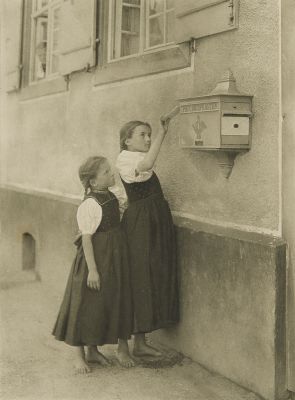
Title
A Cliff PalaceArtist
Chapin, Frederick H. (1852-1900)Publication
The Photographic TimesDate
1890Process
PhotogravureAtelier
Photo-Gravure Co., N.Y.Image Size
12 x 19 cm
The photogravure presented this week is from a negative of a remarkable subject, by Mr. Frederick H. Chapin, of Hartford, Conn. Mr. Chapin is a great traveller as well as a skillful and artistic photographer, and will be remembered by the readers of The Photographic Times for his excellent view of “A Colorado Cañon,” which was reproduced in these columns some months ago. Mr. Chapin’s latest trip was in the direction of the south-western part of this country, and there he made a thorough investigation of the remarkable cliff ruins in that country; photographing as he went. In the article which follows, the subject is fully described. Our photo-gravure reproduces the original subject in a manner highly satisfactory to Mr. Chapin.
Constructed “primarily out of sandstone, mortar and wooden beams,” Cliff Palace is the largest cliff dwelling in what is now Mesa Verde National Park in Southwestern Colorado. Built by Ancient Pueblo Peoples, the structure is believed to have last been inhabited in the late 13th century. This view of Cliff Palace by Chapin is believed to be one of the earliest ever taken of the site.
This photogravure is from the journal generally known as generally known as The Photographic Times, one of America’s earliest and most important photographic journals. The Times first appeared as a supplement incorporated within the pages of the monthly Philadelphia Photographer, one of the first journals devoted to photography published in America beginning in 1864. By 1889 issues were accompanied by well executed hand-pulled photogravure plates which appeared regularly until 1904. Due to changes in ownership or marketing strategies the name changed at least four times over the course of its 45 year run making keeping track of the specifics very difficult. This publication was an invaluable reference for the ever expanding photography movement in America at the turn of the century and published samples by the likes of Alfred Stieglitz, Gertrude Kasebier and Alvin Langdon Coburn. Initially it was geared to the professional photographer as would be expected, since it was published by the Scovil Manufacturing Co.; the articles mirrored their concerns. Reviews and reports from photographic societies were a regular feature. First edited by Edward Wilson, the editorship transferred to John Thraill Taylor, who enlarged the scope in 1880, when it became The Photographic Times and American Photographer. By 1882, an original mounted photograph was inserted, and in 1887, the size was increased to a large quarto, and fine photomechanical illustrations began appearing. It was becoming the preeminent American journal.
First published in 1871 as a supplement of The Philadelphia Photographer. It absorbed The American Photographer in 1879 to become The Photographic Times And American Photographer. In 1902, it merged with Anthony’s Bulletin to form The Photographic Times Bulletin. This periodical is most commonly cited as “The Photographic Times, Photographic Times Publishing Association. [1]
Reproduced / Exhibited
The Photographic Times, June 6, 1890 vol. XX no. 455
References
[1] Many thanks to David Spencer for his research which can be found on Photoseed.com https://photoseed.com/blog/2012/11/25/march-of-trades-harmonious-shades-photographic-times/ (David Spencer, Photoseed)







